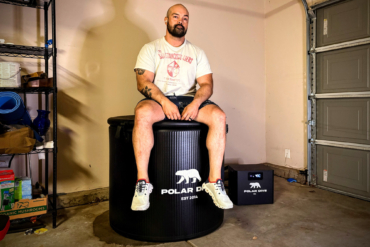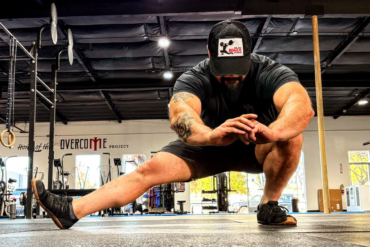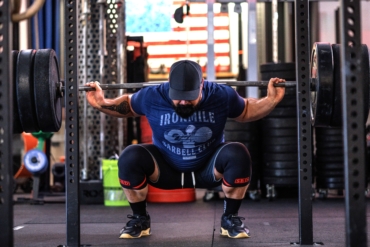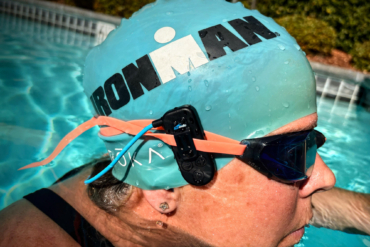Bouldering-only gyms have a lot going for them. They’re often small and simple: fill out a waiver, and off you go — no auto-belay lectures or anxiety-inducing belay tests. The terrain is usually dense with problems, and there might be a light-up training board or even Treadwall. You can train for whatever your goals are, be they bouldering your hardest, indoors or out, or sport-climb redpoints.
And indoor bouldering is just plain fun, from seeking out the smallest holds you can pull on to hucking the biggest dynos you can stick to getting weird and wild with comp-style upside-down or parkour problems. There’s no feeling better than finally cracking the beta with friends — both old and new ones you just made as you all work the moves together.
Oddly enough, bouldering gyms weren’t always a thing. Only in the past 2 decades have they begun to pop up around the United States, though they’re now nearly ubiquitous. I can count at least 10 within a 1.5-hour drive in my home on the Front Range, Colorado!
With an eye toward the very best, most unique bouldering gyms across the country, we picked seven favorites, some of them OG venues like The Spot Boulder in Colorado and some new school like The Boulder Field in Sacramento.
In addition to focusing on bouldering only, criteria included varied terrain, history, openness and accessibility, community and inclusivity, geographic location, and perhaps most important of all, the quality and reputation of the setting. You can have the best bouldering walls on Earth, but if the setting is bad, it just won’t matter.
1. The Spot Boulder, Boulder, Colo.
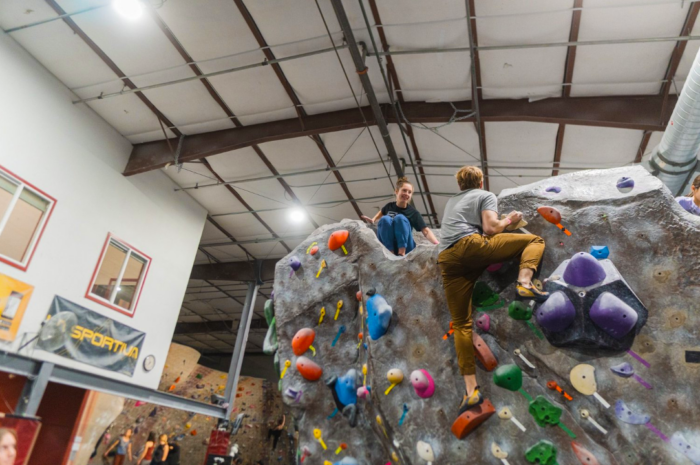
When The Spot — now known as The Spot Boulder, part of a chain of four Colorado gyms — opened in 2002, it was one of the first commercial bouldering gyms in the country, a bold move in an era when bouldering was far from mainstream. As its owner, Dan Howley, says in a video, “We made bouldering much more commonplace, as opposed to it being kind of a niche sport.”
But more than that, it introduced the concept of freestanding gym boulders, and the iconic Font Boulder and Hueco Boulder, along with all the original walls, are still standing: you can literally climb on history. So many top climbers have worked or trained at The Spot that listing them all is almost impossible.
But past head setters have included Jackie Hueftle, a co-owner and co-founder of Kilter, and Carlo Traversi, one of America’s best rock climbers and owner of The Boulder Field gym in Sacramento (see below).
There’s also 21 years of bouldering history on these walls, from events in the PCA and ABS comp series in the ’80s to the tens of thousands of climber’s feet that have graced the downclimbs, polishing them to a glassy sheen. The Spot is known for its steep, physical setting, and if you don’t show up with grapefruit-sized shoulders, you’ll probably grow them after a few sessions.
And it’s always been a warm, welcoming gym with a diverse clientele, from the Boulder professional people sneaking away for a midday session to the college kids and dreadlocked double-digitizers who haunt the place come nighttime.
2. The Boulder Field, Sacramento, Calif.
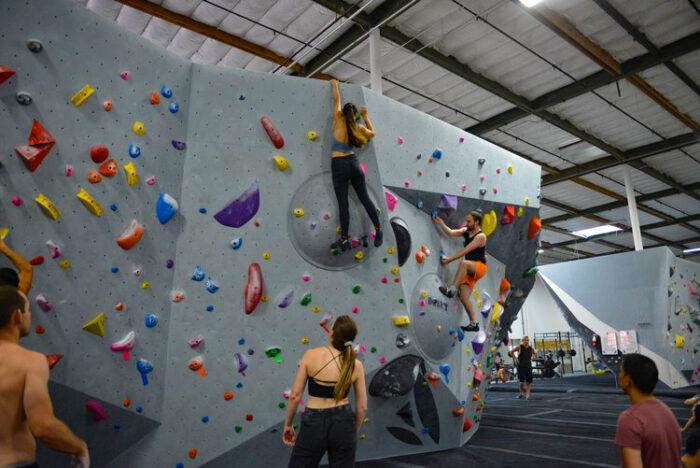
Traveled longtime boulderer Matt Battaglia calls The Boulder Field “hands-down the best bouldering gym I’ve been to. He cites its massive amount of cool terrain, amazing setting, and state-of-the-art training area, with weights, a campus board, a spray wall, etc. None of this should be a surprise since the gym’s owner is Carlo Traversi, a former head setter at The Spot Boulder and one of the world’s best boulderers.
Traversi has sent multiple cutting-edge blocs, including the second ascent of The Game. It was one of America’s first V15s, put up by Daniel Woods in 2010 and repeated by Traversi a year later. With years as a professional climber, competitor, and setter, Traversi knew exactly how to build an epic bouldering gym.
The walls are tall (14 feet), with textured Walltopia panels and a long, freestanding boulder two boxcars in length culminating in an intimidating prow. There is 10,000 square feet of climbing space, including a MoonBoard, circuit wall, and kids’/family wall with a slide. All of it resides in a 33,000-square-foot space, which gives climbers room to spread out: no old-school, dark-and-dingy, cramped gym vibes here. And the gym offers free introductory bouldering classes for new climbers.
Traversi got the gym up and running in March 2018 and shepherded it through the soon-to-come pandemic. It was a rough time for climbing gyms, which were shuttered at the height of the coronavirus — all while still taking down 5.15 sport and 5.14 traditional climbs outdoors.
3. The Refuge Climbing & Fitness, Las Vegas, Nev.
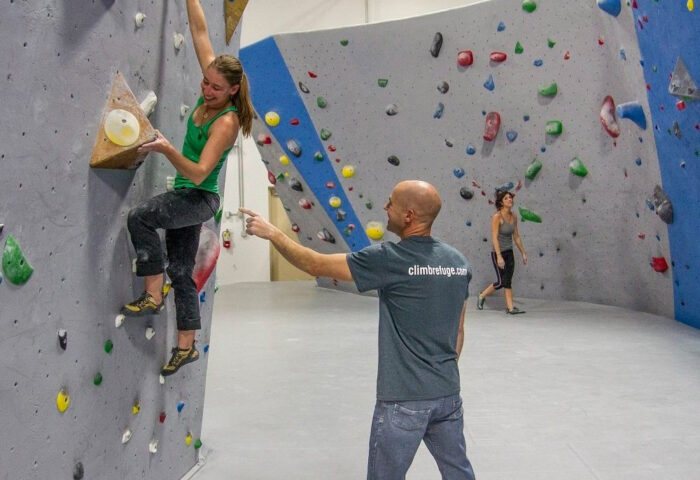
Despite being a major destination area, with Red Rock and all the limestone cragging, Las Vegas has a relatively small community of dedicated locals. The Refuge opened in 2014 and offers great, densely packed bouldering in its 12,000-plus square feet of space (6,500 square feet of bouldering wall). It also acts as a hub for Vegas (and visiting) climbers to gather to climb and hosts community or youth comps and fundraising events.
“The setting is consistently excellent — they do an awesome job of setting creative but not overly comp-style problems across the whole grade range,” says pro climber Jonathan Siegrist, a Vegas local and training aficionado. “The setting crew pays attention to detail and aims for ‘outdoor-influenced’ difficulty in a very refreshing way.”
The gym has a long, gently overhanging wall, a cave, and a centerpiece freestanding boulder with a distinctive anvil-shaped prow. And there is a good selection of weights and hangboards, plus a side-by-side Tension Board and MoonBoard. The latter is the frequent training venue of the legendary @raviolibiceps and which he features in his Instagram reels. Ravioli praises the gym’s “brutalist functionality,” which has helped make him the bouldering machine he is today.
The gym also has a passionate local boulderer Miguel Villegas (@miguelclimbs). He films awesome videos there, including his popular “Sunday Sends” series. Villegas says the gym’s small size is what makes it special for him. “Every time you go in there, you can immediately scan the room in seconds, and it feels like you’re at your own personal home gym,” he says of The Refuge’s intimacy.
“On weeknights after work, you’ll have 150 people in there, and it feels like a big community party. Conversely, in the mornings, there will be 10 people, and you feel very connected to the other nine climbers in there with you.”
4. Springs Climbing Center, Colorado Springs, Colo.
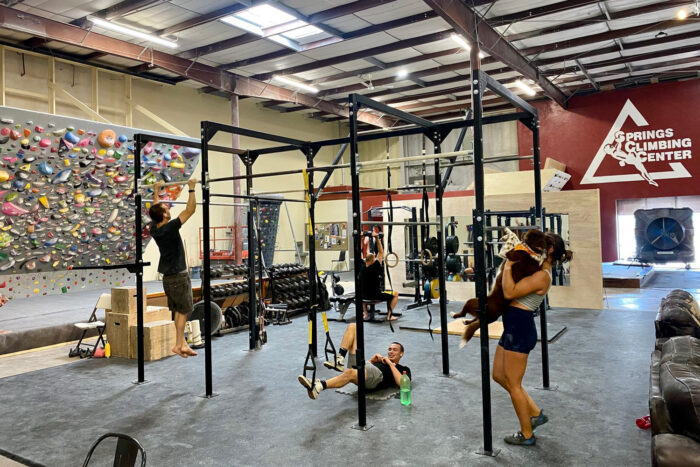
Founded as The Sport Climbing Center in 1992, this was one of America’s earliest rock gyms. This was the era of thin, vertical faces; painful, tweaky holds; mono pockets; flat, horizontal roofs; and Entre-Prises hexagonal wall panels. You can still see these panels in the back of the gym being used as footholds below the hangboards.
Colorado Springs climbers Ric Geiman, Mark Van Horn, and Eric Christianson built the bouldering gym in its original (and still current) location. It hosted some of America’s earliest competitions, including a speed event on its top rope walls. (Check out the gym’s photo of “Hollywood” Hans Florine, a one-time speed-record holder for the Nose of El Capitan, blitzing his way up the grips.)
These days, the Springs Climbing Center has expanded into a stacked, 16,000-square-foot bouldering gym that offers 210 problems, per its website. It houses options everywhere you look, from tall, monolithic comp walls, to deep, dark caves, to lowball lip-traverse walls, to gently overhanging panels, to a highball boulder with a big, epic prow/overhang for showing off how well you’ve trained your delts and lats.
I always stop in when I’m in Colorado Springs — it’s not far from the Great Wolf Lodge hotel and waterpark if you’re down there with the family — and boulder until I can barely close my fingers. The setting is consistently thoughtful and flowy, with bonafide hard-ass crux moves thrown in. There’s also a massive spray wall and plenty of training apparatus, in case you have energy left at your session’s end.
5. The Circuit Southwest, Portland, Ore.
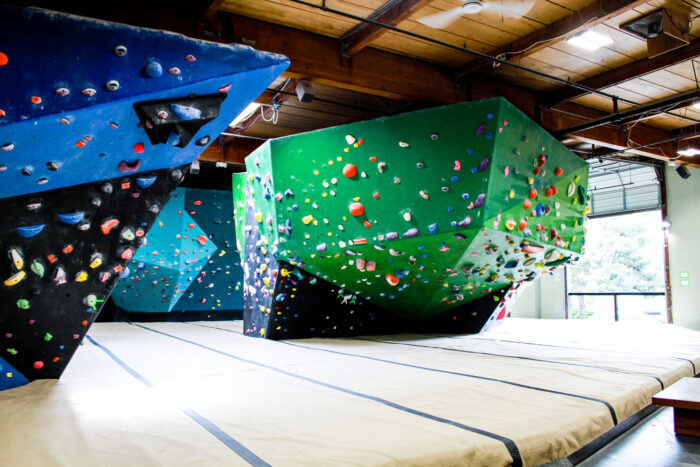
The Circuit’s OG location (now Southwest) opened in 2005, early in the bouldering-gym era, introducing its iconic “suspended” or “hanging” boulder. It’s basically a giant blob hanging from the ceiling with a dead-horizontal roof underneath.
This iconic structure is surrounded by a steeps-heavy boulderers’ playground of walls, roofs, caves, arêtes, face panels, and other fun features, including a unique, seamless, swooping wave that will challenge your body tension.
The Circuit has since expanded to include three other locations in Oregon, but the Circuit Southwest remains the template.
“The OG location was one of the first legit bouldering gyms in the country and formed an awesome community of weirdos, rejects, hippies, etc.,” says Ryan Pecknold, a longtime boulderer who grew up in Portland and was a one-time employee. “It was a solid collection of outcasts that just wanted to pull hard. Everyone supported everyone — no cliques, and definitely no cool kids.”
As Pecknold recalls of his time working there, “Much of the staff was so stoked on climbing that you could often find a late-night after-hours session going down.”
That try-hard-or-die vibe still permeates to this day, mixed with a quirky “Portlandia” vibe and a community focus that’s welcoming to boulderers in a region whose notoriously gray, rainy weather. This means you’ll be bouldering on plastic a lot in preparation for those rare sunny days on the local basalt blocs.
6. BlocHaven, Greenville, S.C.
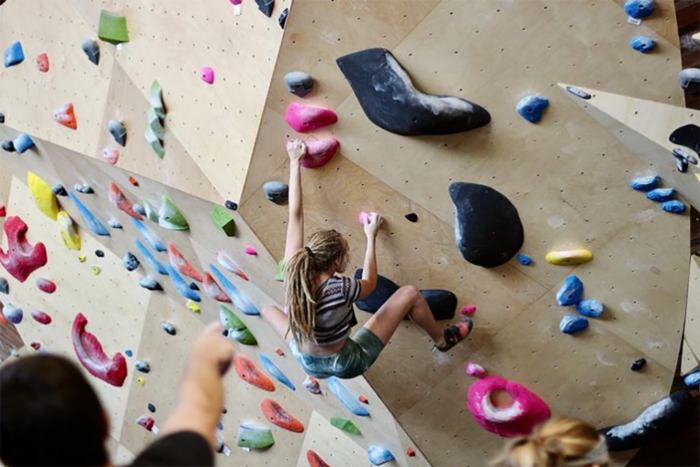
Despite good (but limited) cragging and bouldering options in the Appalachian foothills, South Carolina is not exactly known as a mega-destination climbing area — all the granite and gneiss cragging and bouldering is in neighboring North Carolina.
So, it’s important that the state has killer plastic, especially during the hot, steamy Southern summers. Greenville, South Carolina, up in the mountains, is the state’s climbing center and has a core but modern bouldering gym to match: BlocHaven. It opened in 2021 in the city’s historic Judson Mill redevelopment, on the site of a massive former textile mill that had 52,864 spindles and produced 11 million yards of cloth annually.
Mike Pont, an influential hold shaper and setter who was in on the first wave of gyms and competitions that started in the early 1990s, is a big fan and has been to Bloc Haven quite a few times with his family and to watch his son compete.
“The gym has great variety, good height (16 feet) with a great landing, and it flows around the walls with no bottlenecks,” he says. “And there aren’t tons of climbers clogging that area of the country, like (ahem …) some places I’ve been!” — referencing his former home state of Colorado.
The gym has modern Vertical Solutions textured birch walls, arches, steeps, swells, and slabs. It has an open feel, tons of terrain to test boulderers of all levels, and a Kilter Board and Tension Board.
7. RoKC Underground, Kansas City, Mo.

The Midwest — particularly the rolling hills of Kansas and Missouri — is not known for its abundant climbing, especially bouldering. But, the region has gyms aplenty and stacks of motivated climbers who think nothing of 10-hour drives for a weekend of climbing or who will gas up the car for a “gym road trip.”
One of the most unique bouldering gyms in the Midwest, if not the country, has to be RoKC Underground, a bouldering-only gym situated 100 feet, well, underground. It sits in a former mine that was renovated in the 1960s and is serviced by a lone elevator, part of the city’s many subsurface caves and tunnels hollowed out of the limestone bedrock.
The gym is part of a chain of three gyms in Kansas City and was opened in 2018 by the brothers Frank and Andrew Potter, the latter a veteran of the war in Afghanistan.
“Much of KC is dated — it just feels like an old city, and the bouldering here has a similar ‘old-school’ vibe,’ says Adam Ruggiero, the editor-in-chief of this site. “It’s tough to quantify, but you know it when you see it.” RoKC follows suit. Says Ruggiero, “Folks should go here if they want a dose of bouldering for bouldering’s sake — no frills, no extras, just a bunch of problems to work on for a couple of hours.”
While the boulders aren’t super-tall, with the gym being underground, it still has one of the coolest cave features Ruggiero has seen. It starts out just 6 inches off the mat and traverses to a face panel 12 feet up, yielding long problems and amazing setting/movement variety.
The gym is a single open room with 4,800 square feet of climbing terrain — plenty of space to sink your teeth (fingers?) into, even if there are no big, bright windows to let in that Instagram-friendly sunshine.



